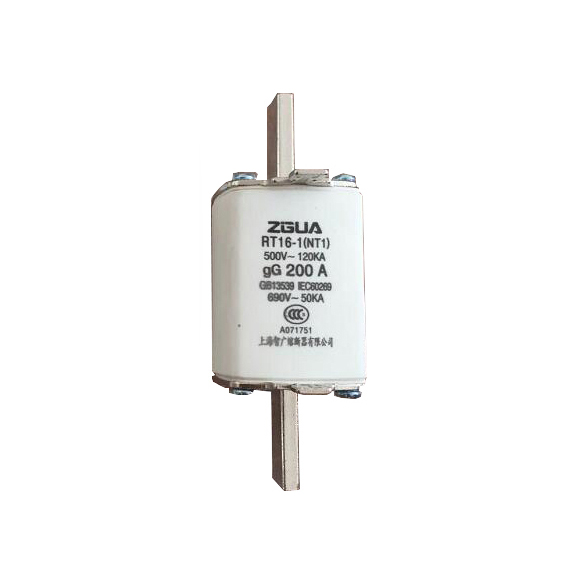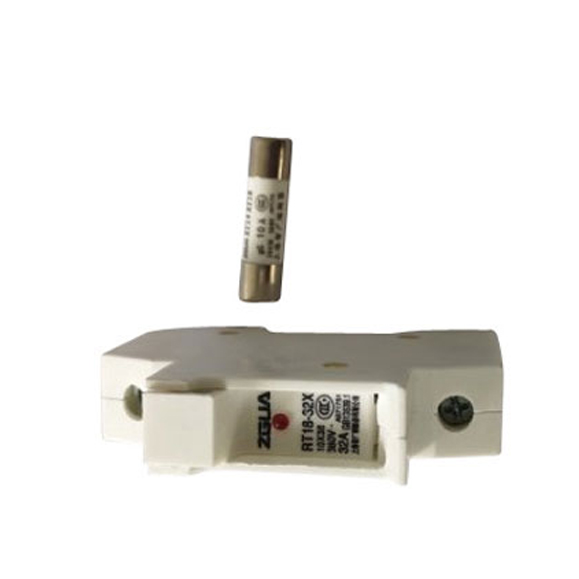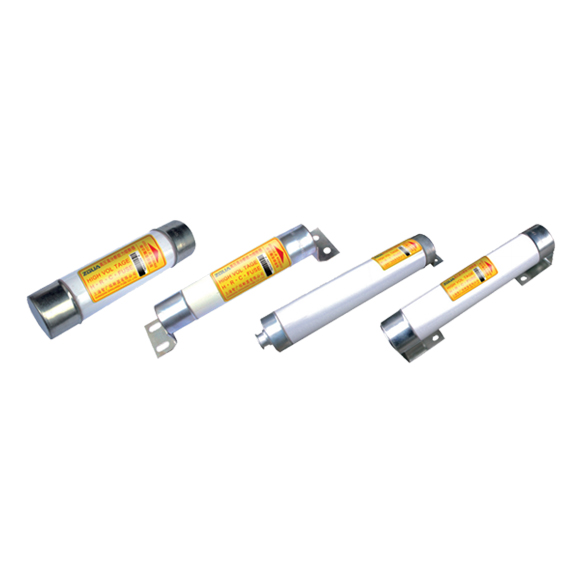Fuse link Knowledge, after reading this article, you will no longer be confused
Types of Fuse link: According to voltage: high-voltage fuses, low-voltage fuses; according to locations: indoor fuses, outdoor fuses; according to fillers: fuses with fillers, fuses without fillers; according to action time: current limiting, non-limiting current;
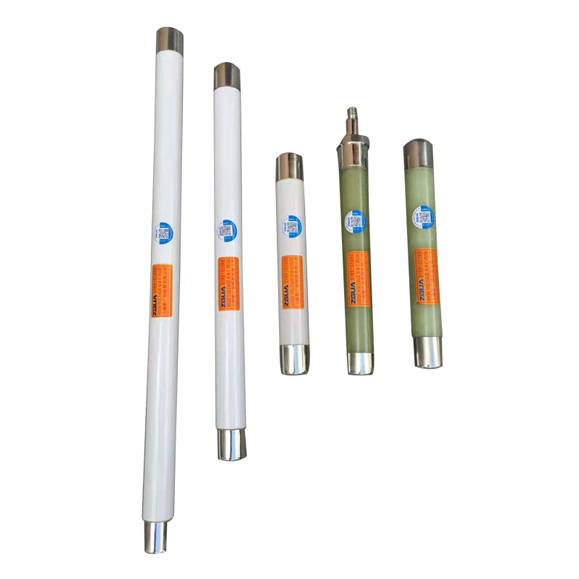
The high-voltage Fuse link is composed of a metal melt (fuse wire), a contact, an arc extinguishing device (melt tube), and an insulating base. The high-voltage fuse is a kind of fuse, so it has the same function as the fuse, which is to protect the circuit in the electrical appliance. When the high-voltage fuse is working, if the current in the circuit exceeds the specified value, it will generate a kind of heat by itself to make the fuse, thereby disconnecting the circuit protection device. And the greater the current passing through the melt, the faster the fusing speed. Of course, the fusing time is also related to the material of the melt and the magnitude of the fusing current.
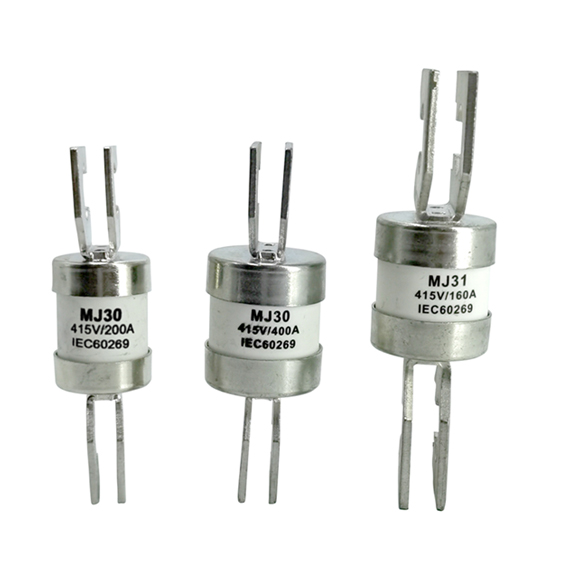
A low-voltage Fuse link is a low-voltage electrical appliance that uses the heat generated by itself to fuse one or several specially designed fuses to break the circuit when the current exceeds the specified value and after a certain period of time. The fuse in the low-voltage power distribution system is used as a protection device to prevent short-circuits and overload, and the low-voltage fuse is used as a protection device to prevent short-circuits and severe overload on the electrical circuit.
Fuse: The simplest protective device, used in series connection in the circuit; simple structure, cheap; must be replaced after the fuse is blown, which will cause short-term power failure; poor protection and reliability. The structure of the fuse: metal melt; contacts connecting the melt; shell; simple arc extinguishing device.
The action of the Minfu fuse is realized by the fusing of the melt. The fuse has a very obvious characteristic, that is, the ampere-second characteristic. For the melt, its operating current and operating time characteristics are the ampere-second characteristics of the fuse, also known as the anti-delay characteristics, that is, when the overload current is small, the fusing time is long; when the overload current is large, the fusing time is short.
Melt material: low melting point, good electrical conductivity, not easy to oxidize, and easy to process. Generally: Copper (10800C) above 1000v: good conductivity, but high melting point Silver (9600C): good conductivity, but high melting point below 1000v Lead (3200C): poor conductivity, low melting point lead-tin alloy (2000C): poor conductivity, low melting point Zinc (1080C): poor electrical conductivity, low melting point, not easy to oxidize, stable protective performance Metallurgical effect: Solder small balls of lead or tin on the refractory melt. The molten metal and the melted lead or tin form an alloy with high resistance and low melting point. As a result, the melt is first fused at the small ball, and then the arc melts the melt completely.
Parameters of the fuse
Rated voltage: the long-term normal working voltage. Rated current: the maximum working current that the housing and current-carrying parts are allowed to pass through for a long time. Rated current of the melt: the current that the melt passes through for a long time without melting. Its value does not exceed the maximum rated current breaking capacity: the maximum current that can be disconnected.

 English
English 中文
中文 Pусский
Pусский Français
Français Español
Español

